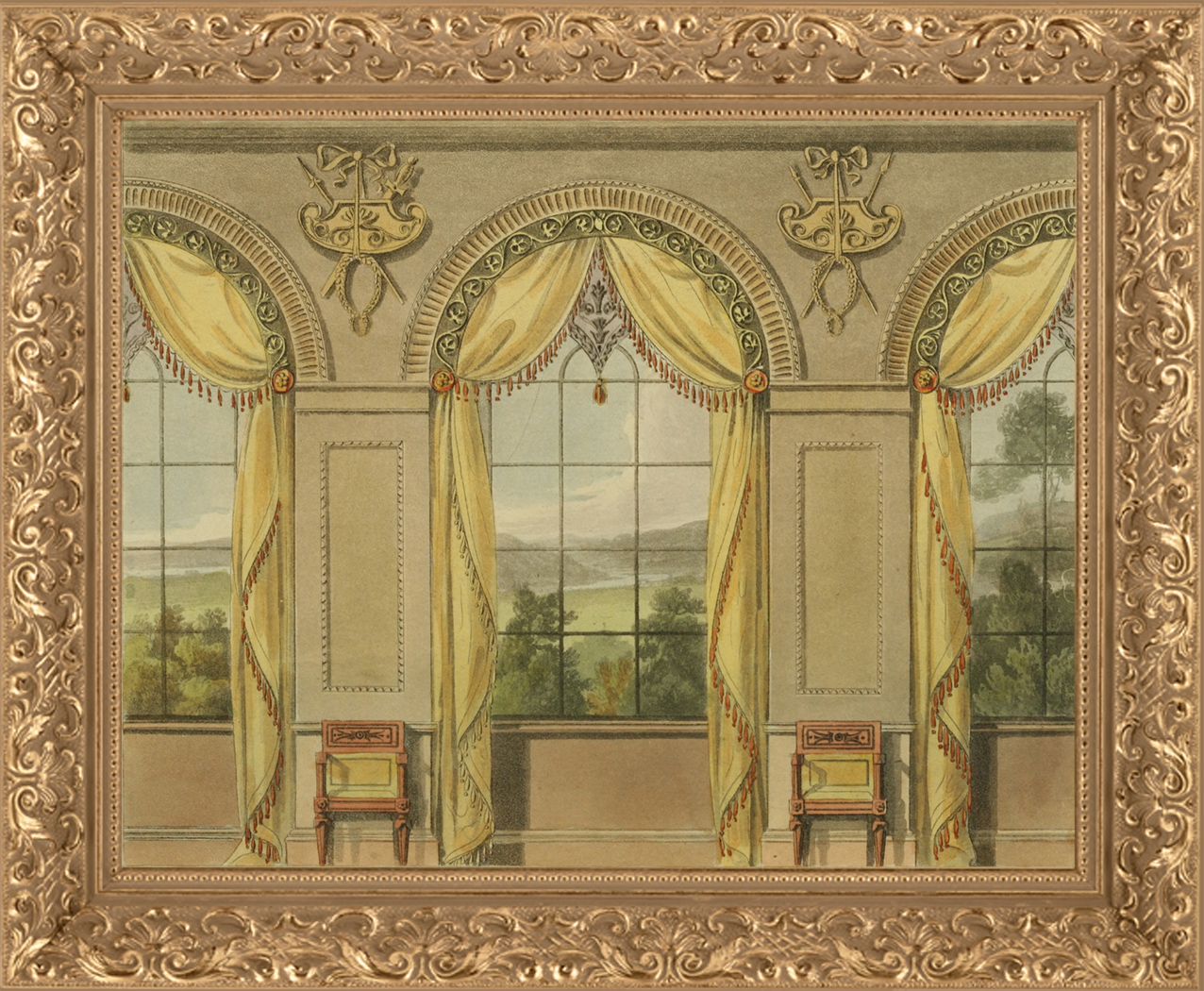
The Role Of Curtains In Historic Homes
When it comes to historic homes, every detail matters. From the architecture to the furniture, these homes are a window into the past. One often overlooked aspect of historic homes is the role of curtains. Curtains have played a significant role in the design and functionality of historic homes throughout history. They have not only provided privacy and protection from the elements but have also served as a way to showcase wealth, express personal style, and evoke a sense of nostalgia. In this article, we will explore the fascinating history of curtains in historic homes and the impact they have had on interior design.
The Evolution of Curtains
Curtains have come a long way since their humble beginnings. In ancient times, curtains were primarily used as room dividers and to block out light. They were made of basic materials such as animal skins and woven fabrics. As civilizations developed, curtains evolved to become more elaborate and decorative.

During the Renaissance period, curtains became a symbol of wealth and status. They were often made with luxurious fabrics such as velvet, silk, and brocade, and adorned with intricate embroidery and lace. The size and opulence of the curtains were directly proportional to the wealth and social standing of the homeowner.
In the 18th and 19th centuries, curtains became even more important in interior design. With the rise of industrialization, the middle class began to grow, and more people could afford to decorate their homes. Curtains became a way to showcase personal style and taste. The Victorian era, in particular, was known for its lavish and ornate curtains, featuring heavy drapes, tassels, and fringe.
Functional and Practical Uses of Curtains
While curtains have always had a decorative element, they also served important functional purposes in historic homes. One of their primary functions was to provide privacy. In a time when houses were often close together and lacked the modern amenities we have today, curtains were essential for creating a sense of privacy and security.

Curtains also played a role in regulating the temperature and protecting the interior of the home. In the absence of modern heating and cooling systems, curtains helped to insulate the space, keeping it warm in the winter and cool in the summer. They also protected furniture and other valuable items from fading and damage caused by sunlight.
In addition to their practical uses, curtains were also used to create visual illusions in historic homes. For example, long, floor-to-ceiling curtains could make a room feel larger and more grandiose. Similarly, light-colored curtains could make a space appear brighter and airier, while dark-colored curtains could create a cozy and intimate atmosphere.
Curtains as a Reflection of Style and Culture
Curtains have always been a reflection of the prevailing style and culture of their time. In the 1920s, for example, Art Deco curtains with geometric patterns and bold colors were popular, mirroring the modern and vibrant spirit of the era. In contrast, the 1950s saw an influx of floral prints and pastel colors, reflecting the post-war optimism and femininity of the time.

Curtains have also been influenced by cultural and regional aesthetics. For instance, in Asian cultures, bamboo curtains were commonly used, providing privacy while allowing for airflow. In Middle Eastern cultures, intricate and colorful curtains known as "mushrabiyas" were used to add beauty and privacy to homes.
As the years passed, curtains continued to evolve, adapting to changing design trends and technologies. The introduction of synthetic fabrics in the mid-20th century revolutionized the curtain industry, making curtains more affordable and accessible to a wider range of homeowners.
The Revival of Historic Curtains
In recent years, there has been a growing interest in historic preservation and restoration. Many homeowners are choosing to restore their historic homes to their original glory, including the use of historically accurate curtains. This revival has led to a renewed appreciation for the craftsmanship and beauty of historic curtain designs.

Restoring historic curtains involves careful research and attention to detail. Homeowners work with interior designers and historians to recreate the original curtain designs, using authentic fabrics and techniques. This not only enhances the authenticity of the historic home but also helps preserve the cultural and historical significance of the curtains.
Key Takeaways
- Curtains have played a significant role in historic homes, providing privacy, protection, and decoration.
- The evolution of curtains can be traced from basic room dividers to elaborate and ornate designs.
- Curtains served practical purposes such as regulating temperature and protecting the interior of the home.
- They have always reflected the prevailing style and culture of their time.
- The revival of historic curtains highlights the importance of preserving and celebrating the heritage of historic homes.
Conclusion
Curtains may seem like a small detail in the grand scheme of historic homes, but their significance should not be overlooked. They have played a crucial role in the functionality, design, and cultural expression of historic homes throughout history. From their humble beginnings as room dividers to their current revival in restoration projects, curtains continue to be a source of inspiration and nostalgia for homeowners and designers alike.